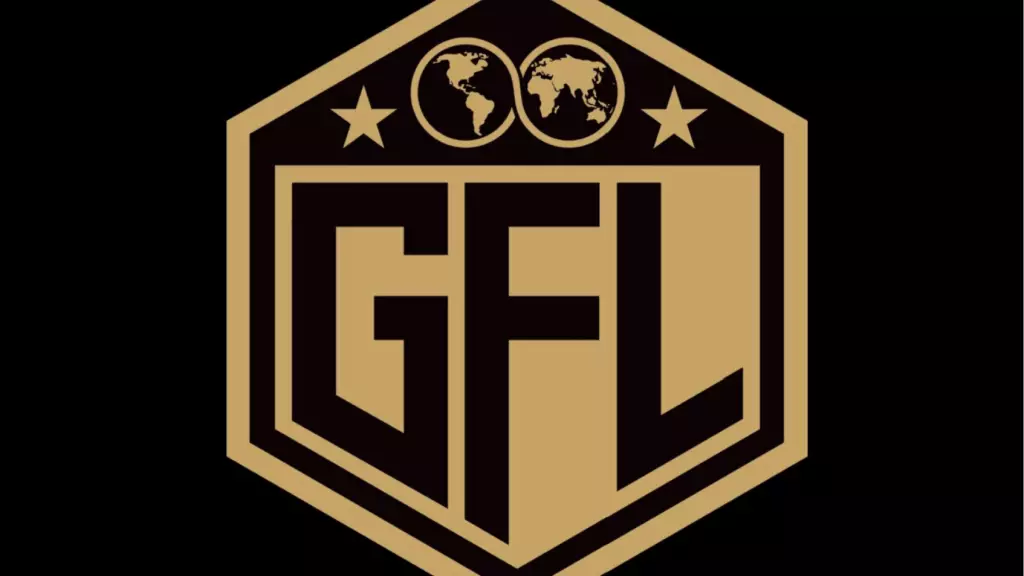The landscape of mixed martial arts (MMA) continues to evolve, and the Global Fighting League (GFL) has recently outlined some groundbreaking changes that promise to reshape the experience for fighters and fans alike. In an era where athletes often grapple with issues of pay and exposure, GFL’s new operational details present an intriguing approach that prioritizes both fighter empowerment and global visibility.
At the heart of GFL’s latest communication is a memo from founder Darren Owen that emphasizes core principles such as revenue sharing and collaboration with athletes. By explicitly stating that fighters are encouraged to voice their concerns and even request contract releases if they feel dissatisfied, Owen is fostering a culture of openness and flexibility that is often lacking in combat sports. His message, “If you want a release from your contract just ask me for it,” highlights a refreshing shift in promotion-fighter dynamics, offering a sense of autonomy that many athletes crave.
This stance is particularly critical in a sport where underpayment and underrepresentation have long been pervasive issues. Owen’s admission that fighters are historically undervalued is a bold acknowledgment, resonating with a growing chorus of voices advocating for better pay and recognition within the MMA community. It signals a transformative effort to not only elevate the athletes financially but also to ensure that their passions and careers are holistically supported.
Organizational Structure: A Well-Oiled Machine
The GFL has plans to implement a structured league format, reminiscent of traditional sports leagues, that includes monthly events held in different major cities around the globe—starting with Los Angeles in April and culminating in a championship in November. This meticulous organization of events ensures a consistent output that keeps fans engaged and provides fighters with ample opportunities to compete. Each of the cities selected not only represents a cultural landmark but also expands GFL’s fan base across diverse geographic regions.
As part of this momentum, the league executed its inaugural draft, assembling teams from a vast pool of fighters, including well-known names from the UFC. This approach not only enriches the competitive landscape but also motivates athletes by allowing them to represent their cities, creating a sense of pride and loyalty similar to traditional team sports.
In a competitive media landscape, GFL’s strategic focus on global broadcasting is essential for maximizing exposure. By partnering with notable platforms like ESPN+ and DAZN, the league is positioning itself to reach a large audience. The future of sports consumption is highly digital, and GFL’s ability to broadcast its fights worldwide will be crucial in attracting a diverse fan base.
However, the memo also touches upon some restrictions that may raise eyebrows, such as limiting fighter sponsorship visibility on fight kits. While GFL justifies this by highlighting its 50% revenue sharing model, it also introduces a 20% commission structure for fighters who secure sponsors for GFL. This dual approach may seem contradictory; athletes may grapple with diverse sponsorship opportunities on one hand, while being limited on the other. A delicate balance between brand partnerships and promotional income will be crucial as the company moves forward.
Success Metrics: The Road to Performance-Based Sustainability
Another significant aspect of GFL’s new framework involves performance metrics influencing future league participation. The emphasis on athlete performance during the 2025 season will directly impact their opportunities in 2026, encouraging fighters to deliver compelling performances that resonate with fans. This performance-oriented model can foster a more competitive environment, spotlighting not just fighters’ skills but also their ability to engage and entertain.
The integration of fan voting for fight card order is another innovative feature that could enhance viewer engagement. By placing some decision-making power in the hands of fans, the GFL is not only creating a more interactive experience but also encouraging a sense of community and involvement in the sport.
In essence, the GFL’s recent communication heralds a new era for MMA, characterized by proactive fighter relations, structured competition, globalized visibility, and innovative fan engagement. As the promotion embarks on this uncharted journey, the focus remains squarely on creating a platform where fighters feel valued and empowered. Only time will reveal whether these ambitious plans will pay off, but the GFL is certainly gearing up to deliver more than just fights; it’s on a mission to revolutionize the sport itself.

